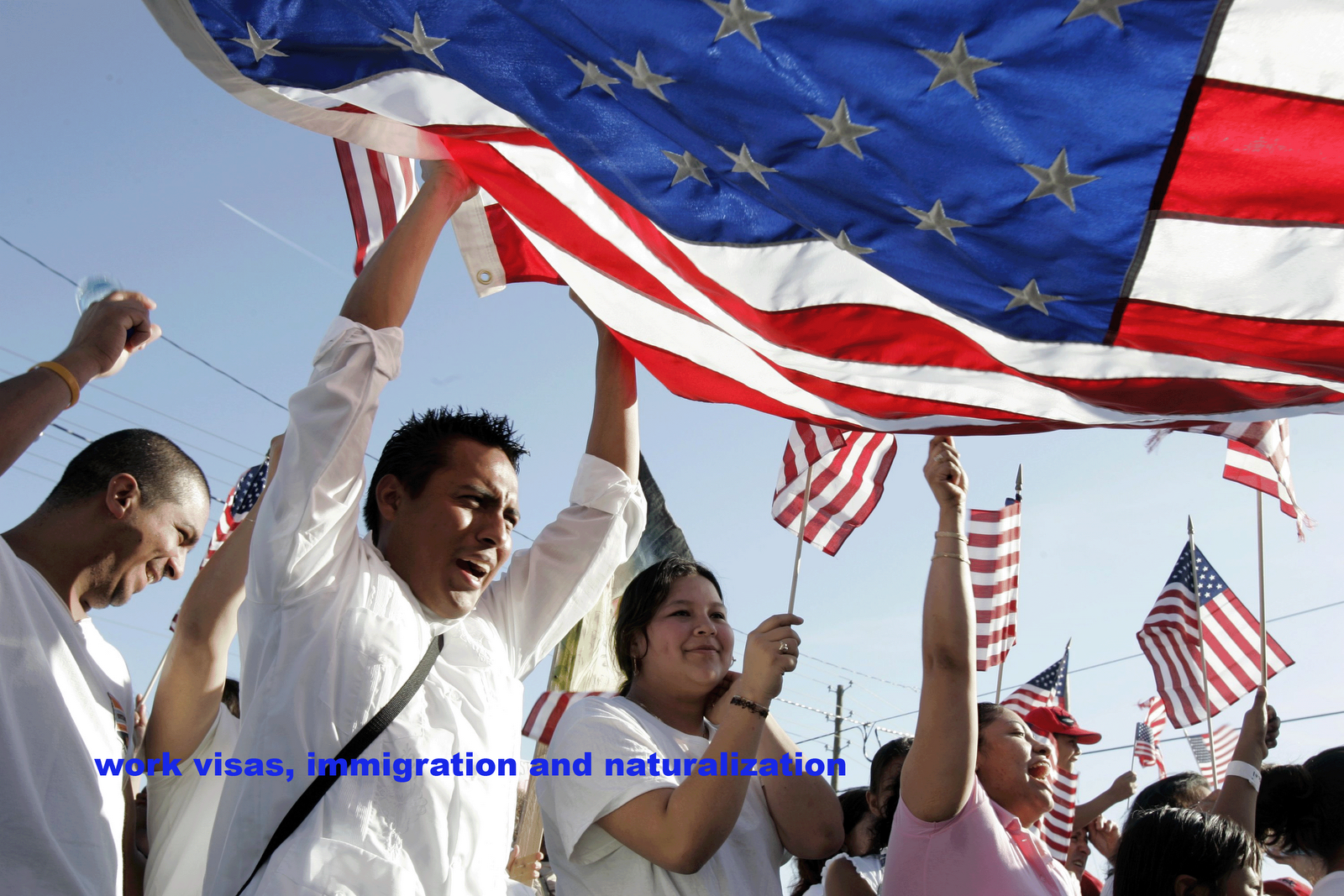NEW YORK — Over dinner with a consultant friend recently, our conversation drifted to U.S. immigration when she said, "I'm worried about our future."
We did not go any further on the subject, but the late-afternoon news flash had said the Obama administration would take up immigration reform next year, and when it comes to immigration reform, the matter has to do with "illegal aliens," who are mostly Hispanics.
According to the Pew Hispanic Center, the number of "unauthorized" immigrants in the United States in 2008 was 11.9 million, of which 76 percent were Hispanics. Over the years, though, estimates have varied, the highest being the one put forth by Bear Stearns — yes, the highflying money-changer that touched off the current financial crisis — in its 2005 study: 20 million. At that level, the size of "undocumented" immigrants, to use another word for "illegal," comes close to that of the population of New York State.
How has this come about? The primary answer, as far as laws and regulations are concerned, is the Immigration Act of 1965. It abolished quotas by nationality and removed limits on visas for family reunification, thereby discarding the preference for Caucasians — which had been U.S. policy since its first immigration law. The Naturalization Act of 1790 had simply stated: "an alien, being a free white person, may be admitted to be a citizen of the United States."
One of the main promoters of the 1965 law was the recently deceased Ted Kennedy. The then young senator, along with the more accomplished Sen. Philip Hart, pushed those radical changes in immigration law for humanitarian reasons, insisting that it would not alter the demographic contour of the U.S. They were wrong on the demography.
So, until the first half of the 20th century, immigrants from Europe and Canada dominated. In the decade of the 1950s, for example, people from those two regions made up 70 percent of the total of "persons obtaining legal permanent resident status," as the U.S. Office of Immigration Statistics puts it. As a result of the 1965 law, though, they were down to 23 percent by the last decade of the 20th century. In contrast, people from "America" (excluding Canada), who were just 11 percent of total immigrants in the decade of the 1950s, made up 51 percent five decades later, those from Mexico alone accounting for 27 percent.
Changes in the "foreign-born population" category have been even starker. In 1970, Italy was the top country, with 1 million U.S. residents saying they were born there, followed by Germany with 833,000 and Canada with 812,000. Mexico was the fourth, with 760,000 people.
By 2008, the picture was very different. Mexico was at the top by far, with 11.4 million identifying that country as their place of birth. That is 15 times the 1970 number. In contrast, those who said they were born in Italy were 393,000, or 60 percent down from 1970. Germany had a smaller reduction, but at 641,000 in 2008 the figure was still down by 23 percent.
For that matter, no less remarkable are the increases of people from Asia. Barely on the map in the mid-20th century, by 2008, China (including Taiwan), the Philippines, India, Vietnam and Korea, in that order, were among the top countries identified by U.S. residents as their place of birth, although they were still far behind Mexico.
Despite all this, and even though this country has accepted more than a million legal immigrants every year while granting citizenship to another million for much of this decade, Americans are of two minds, as they always have been. They are not loath to recognize the history of their nation but are not entirely at ease with it.
About 140 years ago, the so-called Iwakura Embassy that toured the U.S. and Europe to learn things of the West recognized this. The American hosts explained to them that the U.S. became what it was thanks to the inflow of immigrants that enabled their "thinly populated" country to increase its population sevenfold since its independence a century earlier: "The matter of governance depends on attracting immigrants."
The embassy also learned that hostility was quickly rising against Chinese immigrants on the West Coast, even as many American entrepreneurs resorted to shanghaiing Chinese from Canton and Fujian. They needed dirt-cheap labor and the Chinese were willing to provide it. Indeed, around 1870, people from China made up one-third of the population of San Francisco.
Alas, hostility won the day over the need. In 1882, 10 years after the Japanese embassy left the U.S., the Chinese Exclusion Act was enacted. The situation is not much different today. America needs a great many people willing to do hard menial work on the cheap, and Mexico and other countries are willing to supply them. With this reality, condemning a large number of people doing the dirty work as "illegal" surely does not seem right.
Nativo Lopez, president of the Mexican American Political Association, has called for boycotting the upcoming decennial census for the first time in his organization's 50-year history. He has done this simply to plead for "a federal statute called legalization, a fair and humane immigration reform."
The day my friend and I had dinner, Janet Napolitano, secretary of Homeland Security, said the Obama administration will attempt an immigration "overhaul" next year. It will be "a three-legged stool," she said: strengthening law enforcement against illegal immigrants, ditto against their employers, while opening a "tough but fair pathway" for illegal immigrants to "earn" legal status.
Governor of Arizona until Obama summoned her, Napolitano certainly knows the cost of border law enforcement. In the 10 years from 1996 to 2006 alone, 3,100 people died trying to cross the desert encompassing Mexico and her state.
If a Mexican or Hispanic Exclusion Act is unlikely, so is the kind of fair and humane considerations that Lopez is urging.
Source:japantimes.co.jp

No comments:
Post a Comment